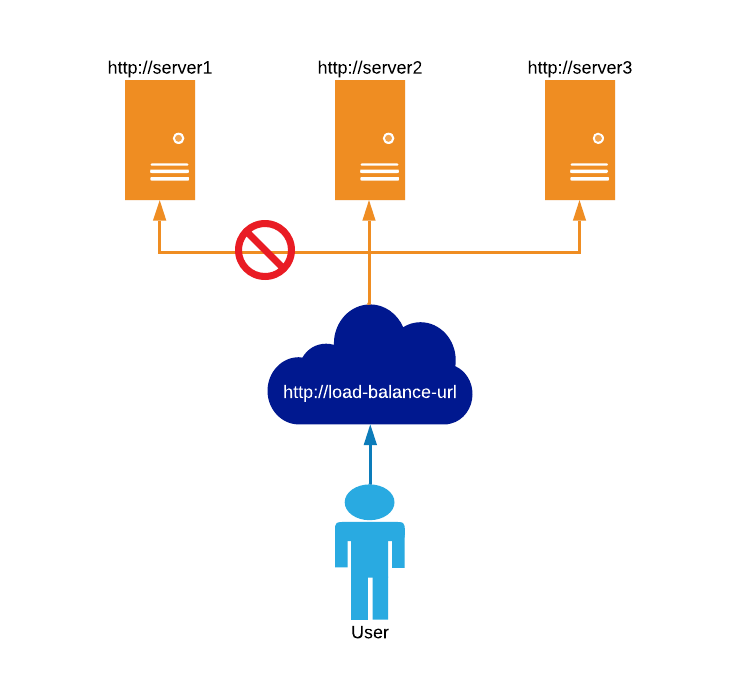High Availability
Records Management Web
To support high availability from the Records Management Web, you must leverage either software or hardware load balancing to create a lost balanced cluster. By doing so, you will not only provide the ability of being able to service more concurrent requests, but you will inherently provide for high availability by allowing the load-balanced cluster to redistribute load to other servers in the cluster should a node be lost.
The following diagram depicts how this scenario functions:

Lifecycle Processing Service
The Lifecycle Processing Service supports high availability using failover capabilities built into the service itself. To support Lifecycle Processing Service failover, install Lifecycle Processing Service onto multiple machines and point them to the same Records Management Database instance to form a failover cluster.
Once the services are installed, they must still be started. Upon doing so, the services will non-deterministically negotiate which server becomes the primary server that will perform Lifecycle Processing for managed records.
Should a server in the failover cluster be lost, another server will step in and take over the processing responsibilities.
By reviewing the Services screen in the Records Management Web, you can see which server is the primary by noticing the “P” next to the line in which it is listed, as shown in the following image:

